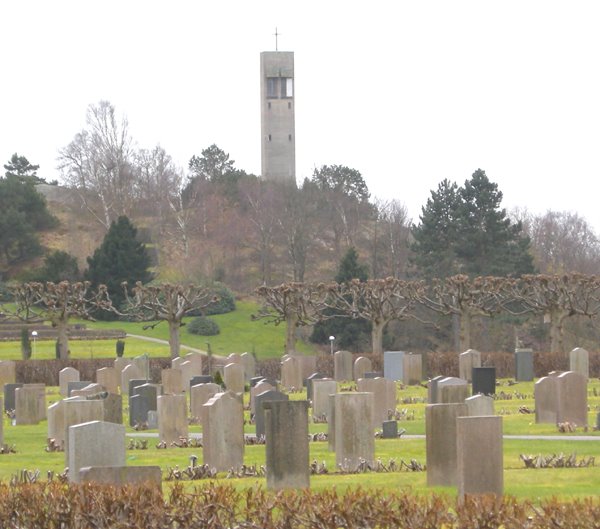A brief review of: Reimers, Eva (1999) Death and Identity: Graves and Funerals as Cultural Communication. Mortality 4(2): 147–166.
By looking at a multicultural cemetery in Sweden, Reimers looks at the connection between immigration and the preservation of culture. Reimers believes that the actions of the living towards the dead say much more about their lives in the community than they do about the treatment of death in the community. Reimers also looks at the relation of threatened cultural values and their role in preparing the dead in immigrant communities rather than the most cherished cultural values, as other researchers have suggested. Reimers also witnessed funerals in this cemetery, and noted differences in how each person’s cultural identity was represented. For some, elements of their funeral conformed to the culture of the country that they immigrated to, while also preserving elements of their birth culture’s funerals. For each person buried in the cemetery Reimers studied, their cultural identities were visible through their grave markers, and each was unique and varied in how much of their culture and how much of their host culture they felt a connection with.
This article is very useful for our work in the cemetery of congregation Emanu-el. Many of the people that now reside in the cemetery are immigrants to Canada and display a multitude of elements from a very complex cultural identity. Between their adopted home of Canada, their previous home, and their faith, the people of the cemetery are each unique in how they identified their culture. This article approaches this subject and these variables from a Swedish perspective, though the principles remain the same.
R.A.

Kvibergs kyrkogård: The cemetery used as the basis for Reimers’ work. http://www.panoramio.com/photo/9114920